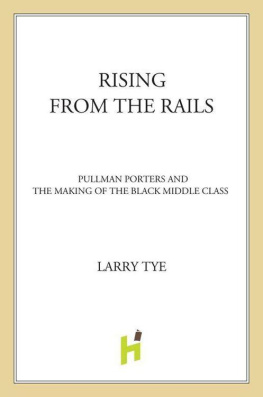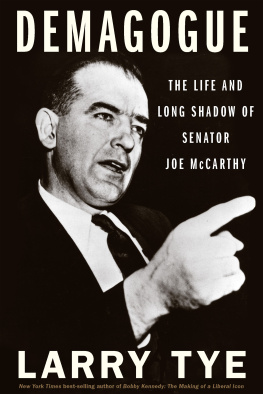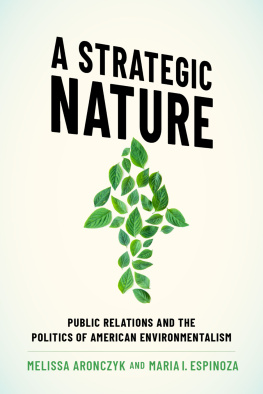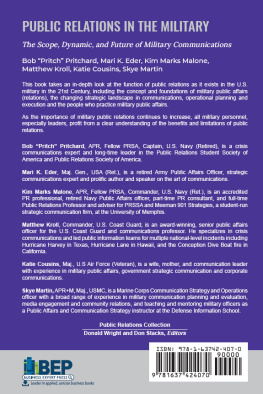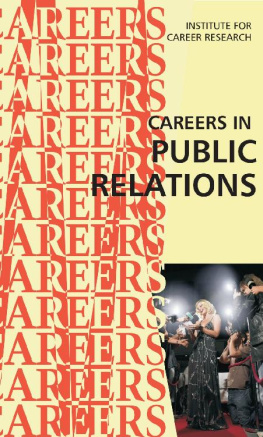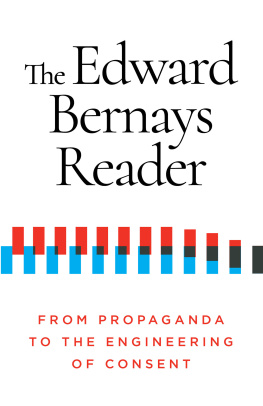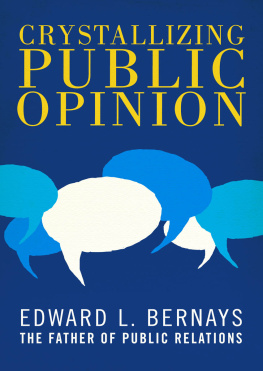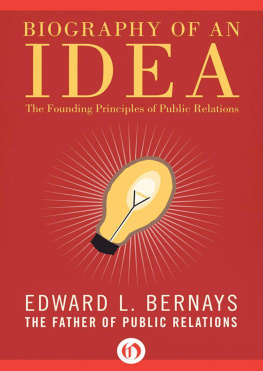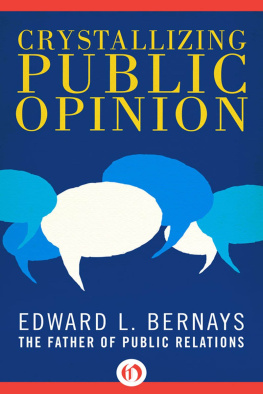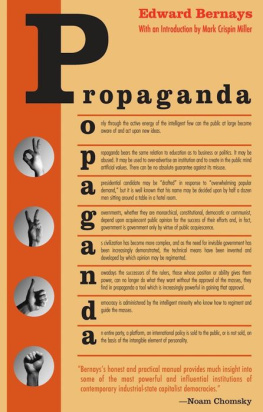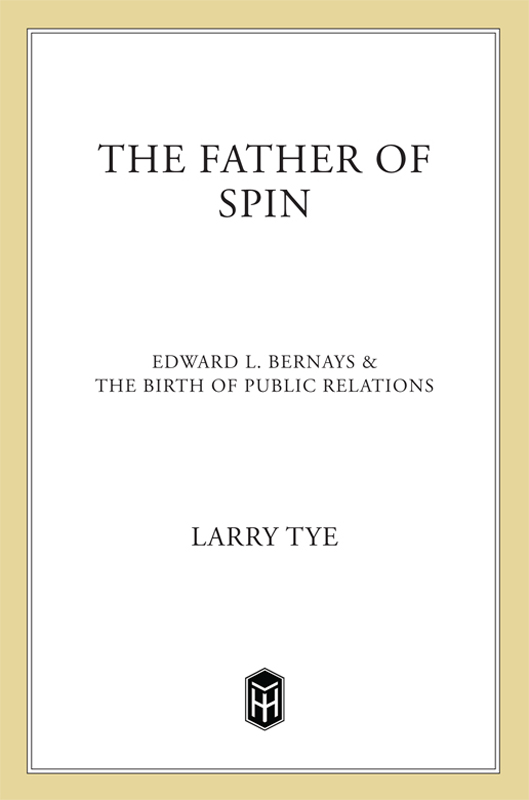
The author and publisher have provided this e-book to you for your personal use only. You may not make this e-book publicly available in any way. Copyright infringement is against the law. If you believe the copy of this e-book you are reading infringes on the authors copyright, please notify the publisher at: us.macmillanusa.com/piracy.
Contents
In memory of my father,
Dr. Mauray J. Tye
Preface
The selling of America on the Persian Gulf War was a public relations triumph. Its leading man, Saddam Hussein, was cast as pure villain complete with menacing leer and malevolent mustache. It had Iraqi soldiers snatching infants from hospital incubators and leaving them on the floor to die while Iraqi helicopters hovered over Kuwait City and Iraqi tanks rolled down the streets. The Kuwaiti military, meanwhile, was portrayed as alive, well, and eager to fight back against the invaders.
One detail was left out of that version of the war, however: the fact that it was crafted by one of Americas biggest public relations firms, Hill and Knowlton, in a campaign bought and paid for by rich Kuwaitis who were Saddams archenemies. Many of their contentions were later substantiated; others were challenged. But the whole notion that the United States had been rallied to war by a massive hidden PR campaign left many Americans doubting the soundness of their own opinions and wondering whether our very thoughts were being tampered with right here in the hub of democracy.
A quicker way to have exposed that tampering, and understood it, would have been to visit a man named Edward L. Bernays at his home in Cambridge, Massachusetts.
Bernays turned 100 the year America went to war in the Gulf. He didnt know much about Iraq, but he didnt have to. He would have instantly recognized the media machinations and behind - the - scenes maneuverings. Edward Bernays almost single - handedly fashioned the craft that has come to be called public relations. And if he took credit for creating a bit more than he actually did, he is nonetheless widely recognized as the man who fathered the science of spin.
Hill and Knowltons war against Iraq was hardly a PR first. Forty years earlier Bernays had designed an almost identical campaign in Guatemala, one where Guatemalas socialist leader Jacobo Arbenz Guzman was demonized much like Hussein and where the U.S. public was made to believe it was fighting against tyranny. The real beneficiary of that get-tough policyUnited Fruit Company, whose banana republic was threatened by Guatemalas new leftist governmentwas at least as tough to trace as the Kuwaiti royalists role in winning American backing for the Gulf War.
Bernayss work in Guatemala was only the most obvious lesson the aging PR legend passed down to his protgs at Hill and Knowlton and other public relations agencies. Bernays was the man who, more than any other, got women to smoke and who put bacon and eggs on breakfast tables, Ivory in soapdishes, books in bookshelves, and Calvin Coolidge back in the White House. Although most Americans had never heard of Edward L. Bernays, he nevertheless had a profound impact on everything from the products they purchased to the places they visited to the foods they ate for breakfast.
In doing so, Bernays demonstrated to an entire generation of budding PR men and women the enormous power that lay within their grasp. If housewives could be guided in their selection of soap, so could husbands in their choice of a car. And voters in their selection of candidates. And candidates in their political posturing. Indeed, the very substance of American thought was mere clay to be molded by the savvy public relations practitioner, or so it seemed.
With the stakes so high, however, even Bernays needed help. So he turned to his uncle, Sigmund Freud. Much as Freud had revolutionized the way the world thought about individual behavior, so Bernays was able to transform attitudes toward group action. He used his uncles ideas in the commercial realm to predict, then adjust, the way people believed and behaved. Never mind that they didnt realize it. In fact, all the better. And just as Freud was rewarded with the title Father of Psychoanalysis, so Bernays became known around the world as the Father of Public Relations.
The techniques he developed fast became staples of political campaigns and of image - making in general. That is why it is essential to understand Edward L. Bernays if we are to understand what Hill and Knowlton did in Iraqnot to mention how Richard Nixon was able to dig his way out of his post - Watergate depths and remake himself into an elder statesman worthy of a lavish state funeral, how Richard Morris repositioned President Bill Clinton as an ideological centrist in order to get him reelected, and how most other modern - day miracles of public relations are conceived and carried out.
This book uses Bernayss life as a prism to understand the evolution of the craft of public relations and how it came to play such a criticaland sometimes insidiousrole in American life. He made that exploration possible, and actually encouraged it, by leaving to the Library of Congress more than eight hundred boxes of personal and professional papers that detailed cases hed worked on and tactics and strategies hed employed over a career that spanned eight decades.
Bernayss papers offer insight into more than just the profession of public relations, however. They also provide illuminating and sometimes disturbing background on some of the most interesting episodes of twentieth - century history, from the way American tobacco tycoons made it socially acceptable for women to smoke to the way other titans of industry persuaded us to pave over our landscape and switch to beer as the beverage of moderation. The companies involved arent likely to release their records of those campaigns, assuming they still exist. But Bernays saved every scrap of paper he sent out or took in, and provided for them to be made public after his death. In so doing, he let us see just how policies were made and how, in many cases, they were founded on deception.
Finally, this volume seeks to unmask the man himself. Edward Bernays was able to accomplish all he did in part because of a dogged determination combined with an inventiveness that set him apart from his contemporaries and make his ideas as relevant in the 1990s, when there are 125,000 PR practitioners in America, as they were in the 1920s, when he and a handful of others got things going. When he spoke, his words could sound ponderous and pontifical. But his spirit was electric, and his enthusiasm was so infectious that many whod heard a single speech decades before, or studied with him for one semester, could recite his every phrase years later. He would tell you he knew something about everything, that his ideas were radical, that he, Edward L. Bernays, could change not only the way people bought but the way they thought. And watching his grayish - blue eyes light up you couldnt help but believe him, at least for a while.
But Bernays was also a bundle of contradictions. He rode roughshod over young staffers even as he ballyhooed the virtues of tolerance and democracy. He promoted cigarettes, which he suspected were deadly, at the same time he was promoting national health insurance. He espoused womens rights but often treated his female employees, and even his wife, like indentured servants. And he continually capitalized on the fact that he had outlived all his contemporarieshe died in 1995 at age 103to advance his contention that he, more than they, deserved to be called the prince of publicity. Although he was a small man, his claims were as huge as his dreamsand sometimes just as fanciful.


